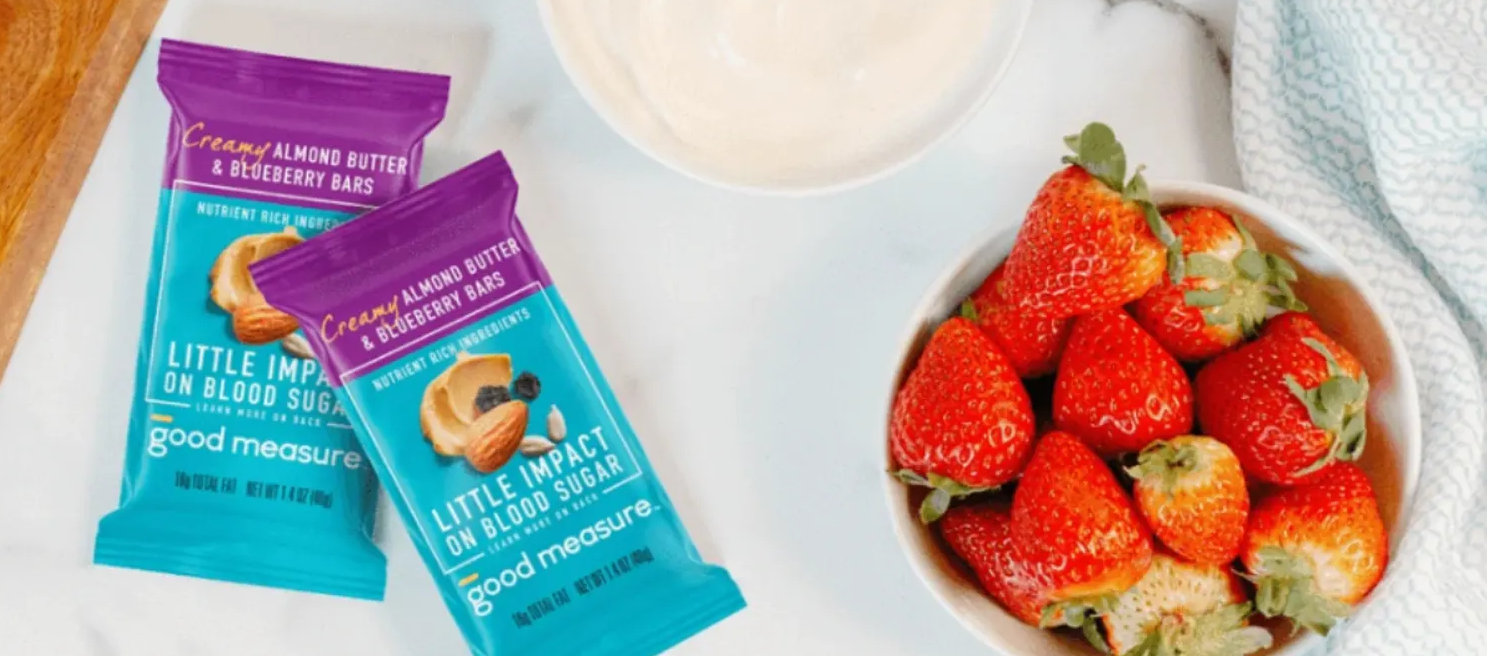What's your take on the return of the CMO in the boardroom?
‘I think CMOs should be everywhere. When we talk about CMO tenure and the CMO-CFO relationship, the underlying thing is the complexity of the marketing world today. This was much easier when measuring a TV campaign, doing some events and some couponing. These days, it is sometimes hard to distil all this activity down to those tight right correct metrics. That's where people get tripped up.’
CFO’s tend to get more involved in CDP’s, technology, and investments. Are they eating into the CMO role more and more?
‘One of the things that we talk about internally is the blurring of lines between our traditional functions. Where is the line between sales and marketing when you're selling online through a customer, retail media network, et cetera? The other one is the line between marketing, CTO, CFO, and/or CIO. When you're investing tens of millions of dollars in technical platforms, you're gonna blur those lines and you're gonna need partnership. When you spend 20 million with a partner, you must connect all of the dots. We're fortunate in that we have an excellent CFO who plays the role very holistically.’
New technologies, such as virtual experiences, create a strong immersive nature. Can you still entertain the crowd responsibly while promoting snacks?
‘The way that we create meaningful connections with consumers and brands, doesn't change over time. The tools that enable it do. If entertaining is a key way to connect consumers to your snack brand, then that never changes. We just did this campaign to bring the Chex Mix snack back. We got Sir Mix-A-Lot to sing a song
Bagel is Back, standing on top of a giant bagel chip that looked a little like a butt. It's pure entertainment and the sales responded immediately because people thought it was fun. That's gonna work, no matter what the technological environment is.’


